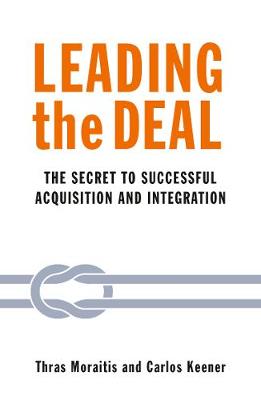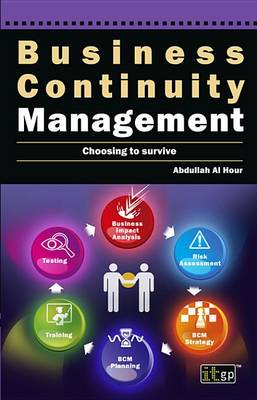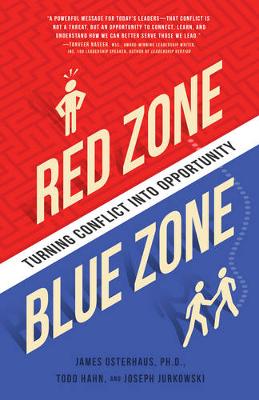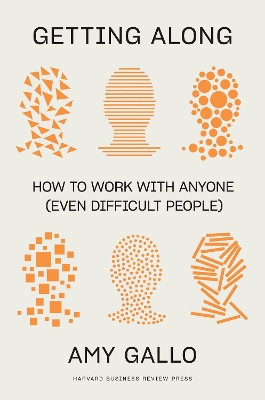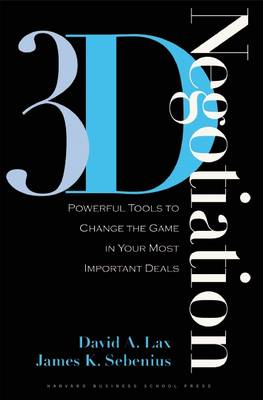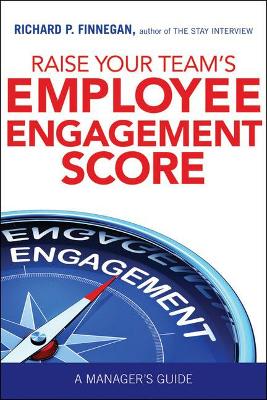Mergers and acquisitions are a fundamental part of the business landscape, yet over half fail to deliver on their objectives. Leading the Deal is the first essential step in boosting the probabilities of success, providing unique new insights into established strategies, and detailing the key psychological leverage points that allow leadership teams to effectively harness 'people power' in the M&A process. Leading the Deal supports leaders at each step in the M&A journey and reveals a clear pa...
Would your business survive a major incident? What if your key staff were suddenly unavailable? What if your premises were to become uninhabitable? What if your systems and data failed altogether? Would your business ever recover? At what cost? Business Continuity Management: Choosing to survive shows you how to systematically prepare your business, not only for the unthinkable, but also for smaller incidents which, if left unattended, could well lead to major disasters. A business continuity m...
Now that five different generations are on the job simultaneously--from Traditionals to Generation Y to Millennials--it's more important than ever for companies to understand how their people can not only coexist and cooperate, but thrive together as a team. Written by a father-daughter team of two generational experts, Generations, Inc. offers the perspectives of people of different eras to elicit practical insights on wrestling with generational issues in the workplace. The book provides Baby...
Drawing from the latest in psychology on how best to connect with others, How to Tell Anyone Anything steers readers away from the common mistake of providing feedback by focusing on what's wrong and shows them instead how to provide clear, constructive positive messages that create real behavior and performance change. You'll learn how to be more candid, prioritize relationships, ask important questions, reframe difficult messages, control your emotions, and--just as important--be graceful when...
This book, first published in 1986, argues that there is a special category of medium powers in the world – such as Britain, France, India, Brazil, Japan, China and others – which have sufficient military power to do something to protect their interests but which are not a match for the superpowers. It surveys the whole range of naval warfare – equipment, operations, organisation and deployment – and discusses how each item should be tailored by the recognition of the position of the medium powe...
Introduction to Peace and Conflict Studies (Introduction to Peace and Conflict Studies)
by Lois Edmund
The Secrets of Power Negotiating (Inside Secrets from a Master Negotiator, #1)
by Roger Dawson
Track III Actions
Since the end of the Cold War in the early ’90s, a multi-track approach to peacemaking has been developed by academics and practitioners to bring political and civil society leaders together from across the divide of contested societies to find ways out of the conflict. Much of the focus up to now has been given to the strategic contribution of Track II conflict analysis and problem-solving workshops. This book puts the spotlight on the role that grassroots leaders and citizens can play at Trac...
In life you are most likely to regret that you didn't do more of what you love.You will likely feel as though you spent your professional life getting up, going to the office and living the same day over and over, week after week, year after year, decade after decade. Ironically, it's the same people who wind up regretting not doing more who spend their careers resisting change and shutting down creative ideas. I know, because I spent nearly two decades as a change agent in a large advertising a...
A research-based, practical guide for how to handle difficult people at work. Work relationships can be hard. The stress of dealing with difficult people dampens our creativity and productivity, degrades our ability to think clearly and make sound decisions, and causes us to disengage. We might lie awake at night worrying, withdraw from work, or react in ways we later regret—rolling our eyes in a meeting, snapping at colleagues, or staying silent when we should speak up. Too often we grin and...
When discussing being stuck in a "win-win vs. win-lose" debate, most negotiation books focus on face-to-face tactics. Yet, table tactics are only the "first dimension" of David A. Lax and James K. Sebenius' pathbreaking 3-D Negotiation (TM) approach, developed from their decades of doing deals and analyzing great dealmakers. Moves in their "second dimension"--deal design--systematically unlock economic and noneconomic value by creatively structuring agreements. But what sets the 3-D approach apa...
